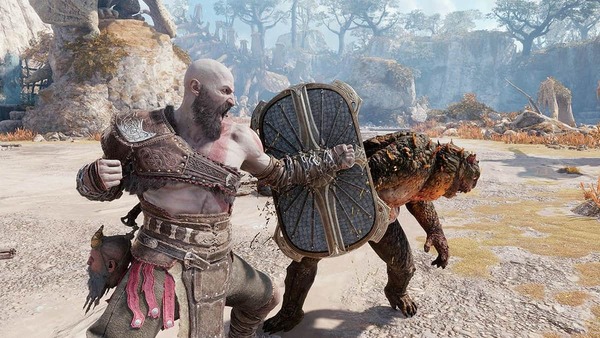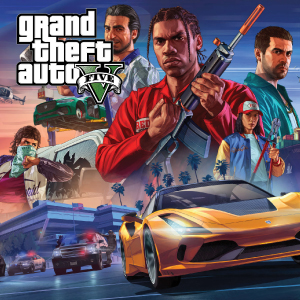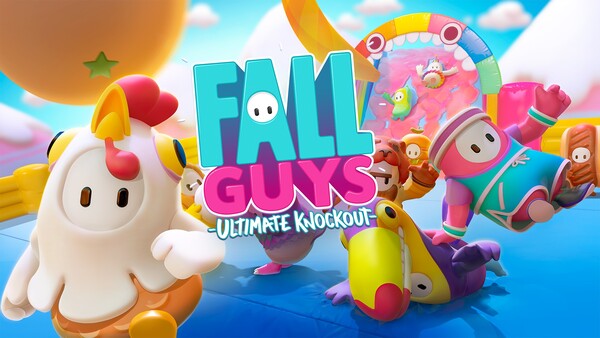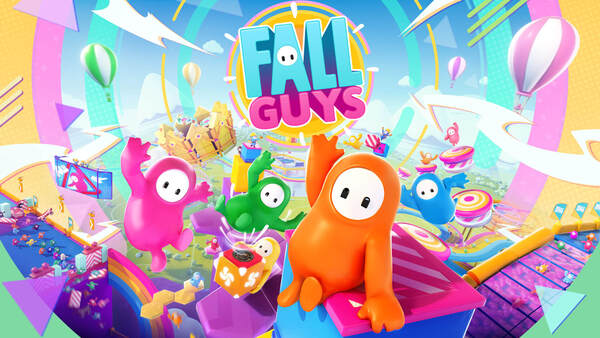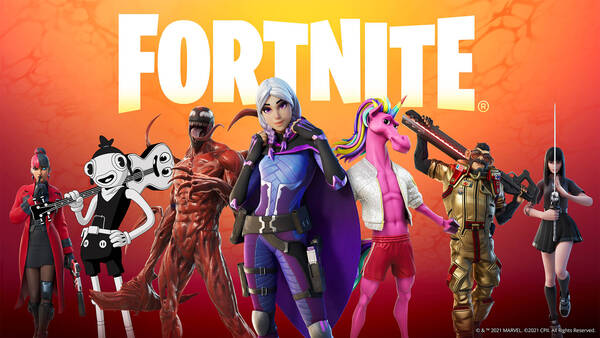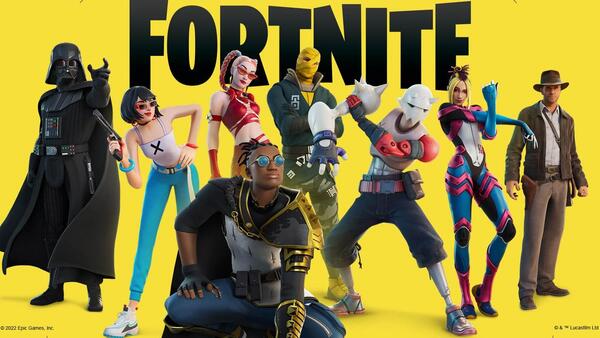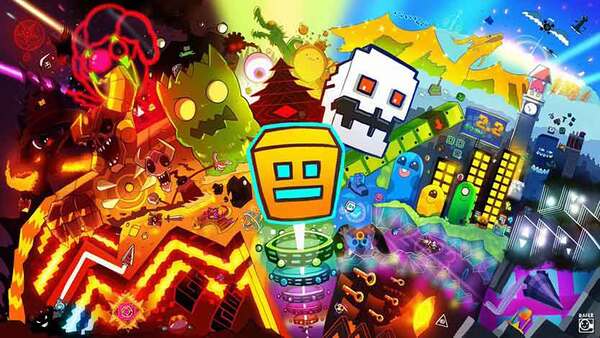Garena Free Fire: Kalahari – The Map That Redefined Battle Royale
Since its launch, Garena Free Fire has built its reputation as a fast-paced, mobile-first battle royale tailored to quick reflexes and creative strategies. Among the various updates and map additions, Kalahari stands out not just as a location, but as a turning point in the game's design philosophy.
With its unique desert terrain, high-ground advantage points, and distinctive playstyle, Kalahari transformed how millions approach Free Fire matches.
In this in-depth guide, we’ll explore Kalahari’s origins, features, strategies, and why it continues to capture the imagination of both new and veteran players.
1.The Birth of Kalahari: Why a Desert Map?
Expanding Beyond Bermuda and Purgatory
Before Kalahari, Free Fire featured Bermuda and Purgatory—maps known for forests, towns, and balanced terrain.
Garena wanted something dramatically different: a more vertical, open, and risky battlefield.
Inspired by Real Deserts
Kalahari draws visual cues from Africa's Kalahari Desert, with rusty shipwrecks, sandstone structures, and sparse vegetation.
The design aimed to challenge predictable playstyles and reward creative thinking.
Released in early 2020, Kalahari instantly shook up the Free Fire meta.
2.Design Philosophy: What Makes Kalahari Unique
High Ground Dominance
Unlike flatter maps, Kalahari offers cliffs, towers, and ridges.
Players who control high ground often have huge tactical advantages.
Open Spaces & Risk
Wide-open sand dunes and minimal cover force players into riskier plays.
Long-range combat becomes more common, encouraging new strategies.
This design makes matches faster, more aggressive, and less predictable.
3.Key Locations & Landmarks on Kalahari
Popular Drop Zones
The Submarine: a large shipwreck perfect for loot and ambushes.
Refinery: offers vertical combat and multiple sniper positions.
Command Post: central, loot-heavy area with multi-level structures.
Hidden Gems
Santa Catarina: broken ship providing cover and unique angles.
Labyrinth: maze-like ruins rewarding exploration.
Knowing these spots can mean the difference between an early exit and a Booyah.
4.Gameplay Strategies Specific to Kalahari
Prioritize Long-Range Weapons
Snipers and DMRs thrive thanks to open sightlines.
Players often carry an SMG or shotgun as backup for close fights.
Use Verticality
Move between levels to outsmart enemies.
Grenades and gloo walls help control high ground.
Smart movement and awareness of elevation can turn fights in your favor.
5.Visual Style & Sound Design
A Rusty, Post-Apocalyptic Aesthetic
Sun-bleached ships, crumbling structures, and cracked ground add atmosphere.
Warm color palette makes the map feel harsh and unwelcoming.
Audio Cues
Echoing gunfire across open spaces makes locating enemies easier—but also exposes you.
Players must listen carefully and move strategically.
This immersive design keeps tension high from first drop to final circle.
6.Community Reception & Competitive Play
First Impressions
Many loved the fresh feel; others struggled with open areas and sniping pressure.
Over time, Kalahari gained fans who enjoyed higher skill ceilings.
Tournaments & Pros
Competitive players learned to master drop spots and rotations.
Kalahari matches often featured dramatic final circles on high ground.
Its complexity added excitement to both casual and esports scenes.
7.Pros & Cons: Honest Analysis
Pros
Unique vertical gameplay and desert theme.
Encourages skillful sniping and movement.
Memorable landmarks and distinct style.
Cons
Steeper learning curve for beginners.
Open spaces can feel punishing.
Some areas favor campers too heavily.
Yet these traits also give Kalahari its personality.
9.Tips for New Players Exploring Kalahari
Early Game
Avoid hot drops if you're learning; choose outskirts to gear up safely.
Always carry a ranged weapon.
Mid to Late Game
Rotate to high ground early.
Save grenades and gloo walls for tight final circles.
Practice and map knowledge are your best tools here.
10.The Legacy & Future of Kalahari
Influence on Later Maps
Kalahari's bold design encouraged Garena to experiment more.
Elements like verticality appeared in later updates.
Continued Updates
Occasional tweaks keep Kalahari balanced.
New skins, events, and modes bring players back.
Kalahari remains a fan favorite for those craving dynamic matches.
Conclusion: Why Kalahari Still Defines Free Fire
Garena Free Fire: Kalahari isn’t just a map; it’s a statement. By breaking from flat terrain and safe cover, it challenged players to think vertically, aim carefully, and adapt constantly.
Years after release, it remains both loved and feared a desert battlefield that tests every skill you’ve learned. For veterans and newcomers alike, mastering Kalahari is a mark of a true Free Fire survivor.





